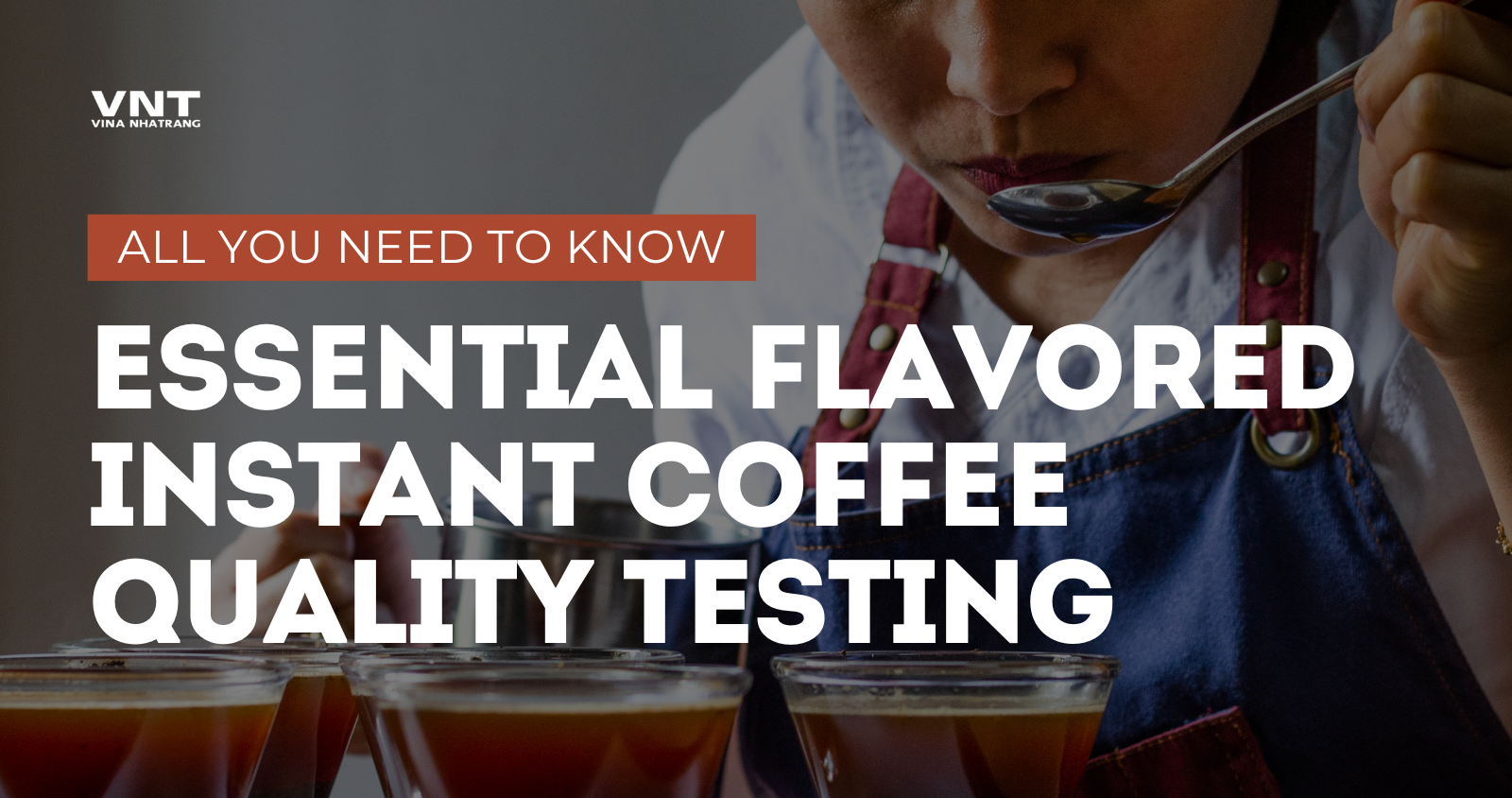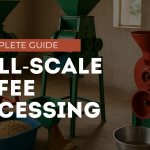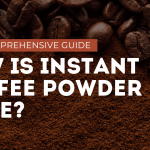In the competitive market of flavored instant coffee, quality control is not just a requirement—it’s a determining factor for success. Consumers today expect consistency, safety, and authentic flavor profiles in every cup, regardless of when or where they purchase their favorite instant coffee blend. For manufacturers, implementing robust flavored instant coffee quality testing procedures is essential to meet regulatory standards and consumer expectations while maintaining brand reputation. This article explores the critical quality control tests that every flavored instant coffee producer must implement throughout their production process, from raw material selection to final product testing.
Raw Material Inspection and Testing
Coffee Bean Quality Assessment
Quality control begins with the coffee beans themselves. Before processing, manufacturers must conduct thorough inspections to ensure:
- Visual inspection: Checking for defects, foreign materials, and consistent bean size
- Moisture content analysis: Maintaining optimal levels (typically 10-12%) to prevent mold growth and ensure proper extraction
- Cupping tests: Professional tasting to evaluate base flavor profiles and identify potential defects
Flavor Additives Verification
For flavored varieties, the quality of additives is paramount:
- Purity testing: Ensuring flavor compounds meet food-grade specifications
- Potency evaluation: Verifying flavor strength and stability
- Contaminant screening: Testing for harmful chemicals, heavy metals, or microbial presence
Process Control Monitoring
Extraction Efficiency Testing
The extraction process determines how effectively soluble compounds are retrieved from the coffee beans:
- Yield measurement: Calculating the percentage of soluble solids extracted
- Time and temperature monitoring: Ensuring optimal extraction parameters
- Brix measurement: Testing the concentration of soluble solids in the extract
Drying Process Validation
For instant coffee, the drying method significantly impacts quality:
- Moisture content verification: Testing final product moisture (typically below 5%)
- Particle size distribution: Ensuring consistent granule size for proper dissolution
- Bulk density checks: Verifying appropriate weight-to-volume ratio
Finished Product Testing
Sensory Evaluation
Perhaps the most critical quality control test is sensory analysis:
- Trained panel evaluations: Utilizing professional tasters to assess flavor, aroma, body, and aftertaste
- Flavor profile matching: Comparing against established standards to ensure consistency
- Off-flavor detection: Identifying any unwanted notes that may indicate processing problems
Physical Property Testing
The physical characteristics of the final product must meet specific standards:
- Solubility testing: Measuring dissolution time and completeness
- Color analysis: Ensuring visual consistency between batches
- Hygroscopicity evaluation: Testing the product’s tendency to absorb moisture from the air
Chemical Analysis
Advanced chemical testing provides objective data on product quality:
- Caffeine content verification: Ensuring consistent levels between batches
- pH measurement: Verifying appropriate acidity levels
- Total dissolved solids (TDS): Measuring concentration strength
- Flavor compound stability: Testing how flavors hold up over shelf life
Microbiological Testing
Food safety is non-negotiable for any food processor:
- Total plate count: Measuring overall microbial load
- Yeast and mold testing: Ensuring levels are below acceptable limits
- Pathogen screening: Testing for harmful bacteria like E. coli, Salmonella, and Listeria
Packaging Integrity Tests
The packaging system protects product quality throughout its shelf life:
- Oxygen permeation testing: Ensuring packaging prevents oxygen exposure that would degrade flavor
- Moisture barrier evaluation: Verifying packaging prevents moisture absorption
- Seal integrity testing: Checking for consistent, complete seals
Shelf-Life Studies
Understanding how the product changes over time is critical:
- Accelerated aging tests: Exposing products to elevated temperatures to predict shelf-life
- Real-time stability testing: Monitoring products under normal storage conditions
- Flavor degradation analysis: Tracking how flavor compounds change over time
Regulatory Compliance Verification
All quality control programs must ensure compliance with relevant standards:
- Pesticide residue testing: Verifying levels are below regulatory limits
- Allergen control verification: Ensuring proper controls for common allergens
- Label claim verification: Testing to confirm nutritional and ingredient claims are accurate
Implementing a Comprehensive Quality System
Rather than viewing these tests as isolated procedures, successful manufacturers implement them within a holistic quality management system:
- Hazard Analysis Critical Control Points (HACCP): Identifying and controlling potential hazards
- Statistical Process Control (SPC): Using data-driven methods to monitor process capability
- Supplier quality programs: Extending quality control to ingredient suppliers
- Documentation systems: Maintaining detailed records of all testing and results
Conclusion
Comprehensive quality control testing is essential for flavored instant coffee producers to deliver consistent, safe, and high-quality products to consumers. From raw material inspection to finished product evaluation, each test plays a vital role in ensuring product integrity. As consumer expectations continue to rise and regulations become more stringent, manufacturers who invest in robust flavored instant coffee quality testing procedures gain a competitive advantage through enhanced product consistency, improved customer satisfaction, and stronger brand reputation. By implementing the essential quality control tests outlined in this article, producers can confidently deliver exceptional flavored instant coffee products that meet both regulatory requirements and consumer demands.




